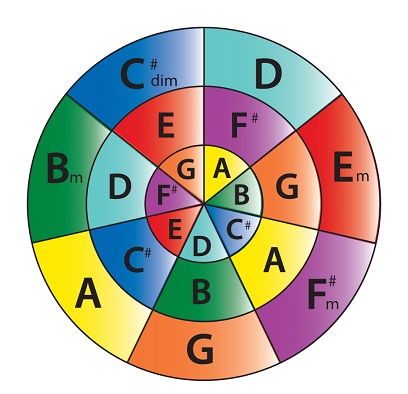
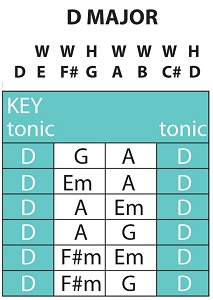
| Drum Track | |
| Listen to the D major scale. Strum these chords while the scale is playing. Notice how the blend in nicely. |
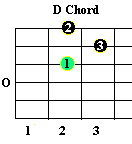 |
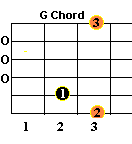 |
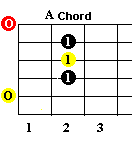 |
 |
 |
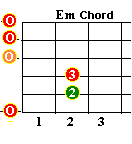 |
 |
 |
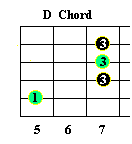 |
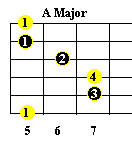 |
 |
 |
 |
 |
 |
 |
| Listen to a simple D A G progression: To play this progression give the D chord 4 beats, the A chord 4 beats and the G chord 4 beats then back to the A chord for 4 beats. Play this two times. |
It then goes to the G and D chord each with 4 beats, repeated 3 times. Then to the A and D 1 time. Then repeat over the entire progression. This would be a 1, 4, 5, 4 progression. D A G A. This is a very popular progression. Try to play this progression using different strumming patterns.
| Here's a progression picking the chords, D, A7 Em7 A7 then G and D. But you can use the progression above too. |
 |
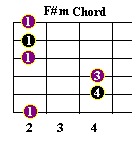 |
 |
 |
 |
 |
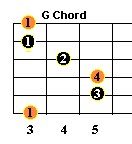 |
 |
| Listen to this progression: D F#m G A |

The illustration above shows the key of D major pentatonic and Bm pentatonic. Bm is the relative minor to the key of D major. This means they share the same key signature and the same notes. The area outlined in the dark green shows the Bm pentatonic scale and light blue is the D major pentatonic scale.
| Practice the D major scale. | |
| Practice D major pentatonic and exercises. | |
| Check out some progressions for Bm. |
Good Luck,
From the jam room








